Why I Do Something Good
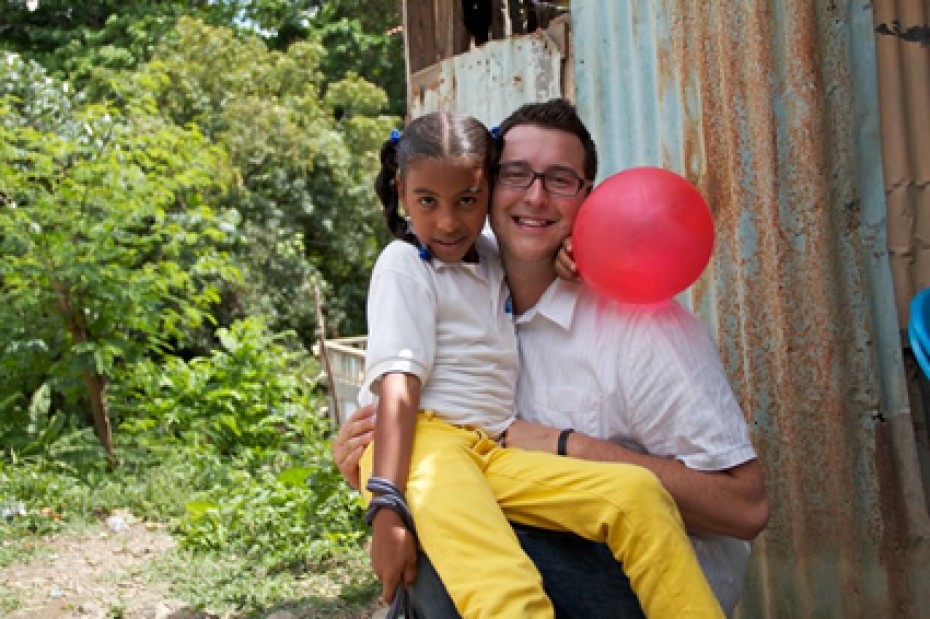
Life went from very easy to incredibly hard for I Won’t Watch founder E. J. Swanson. He has known what it’s like to live with and to live without.
Continue Reading ›Three Things African Children Have Taught Me
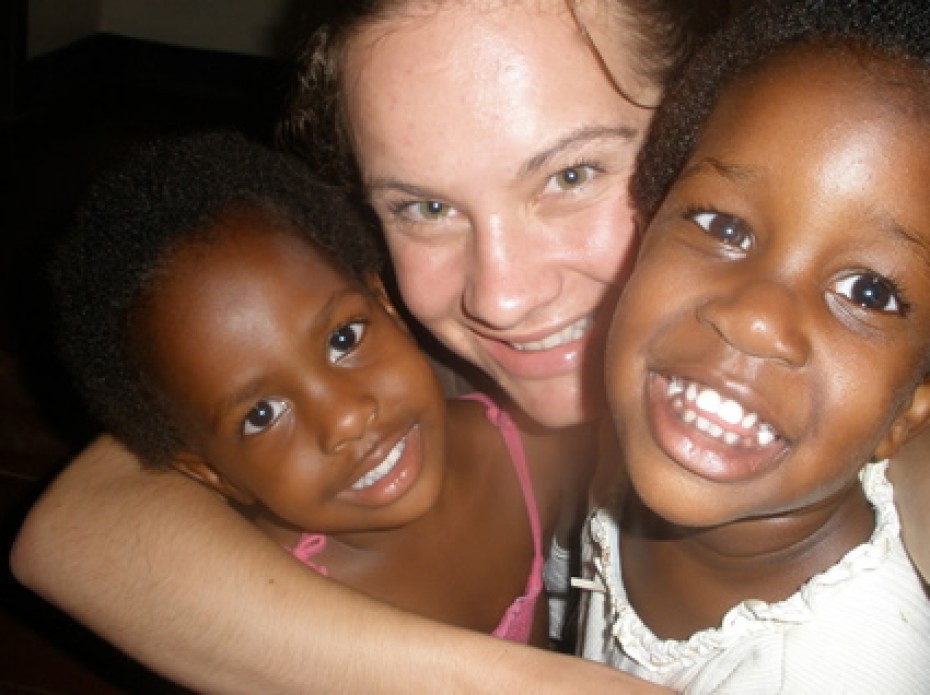
No matter how difficult their situation, children in Africa cope with immense suffering. Is this because it’s the only life they’ve known?
Continue Reading ›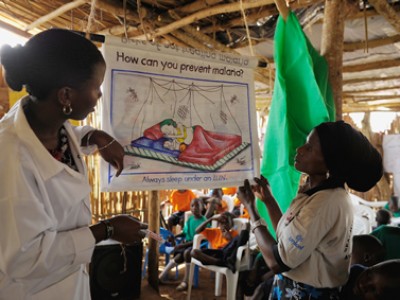
World Malaria Day 2012
As they toured a village in Uganda, they came upon a grave on a hillside of a man – a father, a husband, a friend, a son – prematurely taken from his family because of malaria. Malaria, a disease preventable with as little as a mosquito net and an elementary health education.
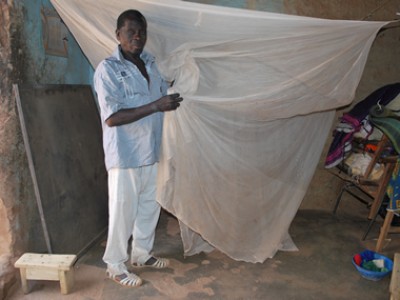
Parents in Burkina Faso Keep Children Safe Against Malaria
The need for mosquito nets for children in Burkina Faso is high, and solutions are being sought. Parental education is also a big step in the fight against malaria.

The Last Days of an HIV-Positive Child
Eva always had a smile for everyone, including strangers, but behind her radiant smile raged a monstrous battle. Opportunistic diseases attacked her daily.
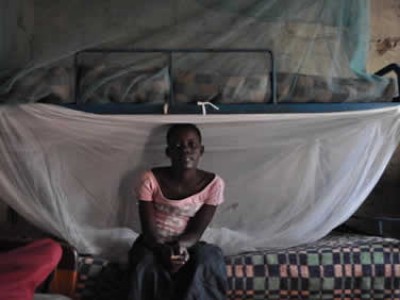
Treatments for Malaria – What Helps Children?
From a very young age, Anite was a sickly child. Her mother, Florence, says that after Anite was born, she often fell sick from malaria. The little girl went to multiple hospitals, but each time they after they treated her, the malaria came back.

The Real Problem is the Malaria
It starts with a mosquito bite. Then there’s an itch. And for us, it’s just an annoyance. But for children in poverty, the bite is just the beginning, and the itch isn’t the problem. The real problem is the malaria.
Counting Malaria Out
At the center of Riaciina village in Kenya lies a semi-permanent house, traditionally constructed. The walls of the house are made of mud and smoothly smeared with cow dung. The roof is thatched with iron sheets. There is a big gap between the mud and iron sheets. Mosquitoes penetrate freely day and night. 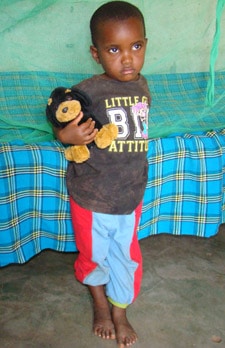
This is the home of Amina, a toddler enrolled in the local Child Survival Program (CSP). At the back of the homestead lies waste from the nearby kitchen. On the other side of the home are thick bushes of indigenous trees.
As the CSP specialist visited the mother, mosquito bites could be noted on the face of the child. Throughout the session, the TEEEE! TEEEE! sound of mosquitoes could be heard.
In some countries, mosquitoes are just nuisance, but in Riaciina, mosquitoes pose a deadly threat. Mosquito-borne malaria is the major killer disease in the area.
Riaciina village lies in the semi-arid part of Kenya on the extreme southern slopes of the largest mountain in Kenya, Mount Kirinyaga. The occupants are mainly the Ambeere and the Akaamba people whose primary work is farming and fishing. (more…)
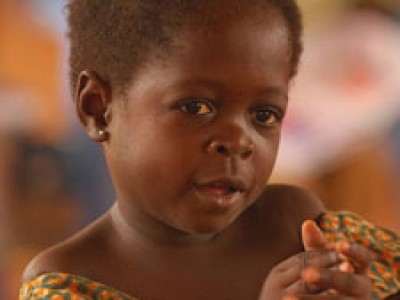
Grieving the Loss of a Sponsored Child
How do you say goodbye to a sponsored child who has died? Have you ever had to do that, or to say goodbye to another child in your life?
Risks Remain Large for Kenyan Children
While the East African nation of Kenya does not grab as many headlines as its less stable neighbors to the west, disease, malnourishment and violence are leaving a mark on this generation of Kenyan children.
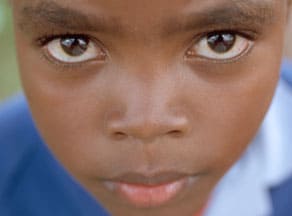 About 500,000 Kenyan children are missing school due to lack of food.
About 500,000 Kenyan children are missing school due to lack of food.
According to the World Food Program, in countries where school attendance is low, the promise of at least one nutritious meal each day boosts enrollment and promotes regular attendance. Where that is not offered, hunger interferes with the children’s concentration in class, affecting class performance. As famine takes its toll across the country, a growing number of students are staying away from school altogether to help their parents look for food (The Standard, Sept. 23, 2009).
Drought and famine have led to an increase in the high school dropout rate primarily in schools in the Njoro and Nakuru areas. While 29 percent of children in Nairobi are malnourished, that number increases to 42 percent in the Eastern Province (Daily Nation, Oct. 7, 2009).
The United Nations Scientific and Cultural Organization (UNESCO) has stated that malnutrition is the major barrier to universal primary education in Kenya.
Famine conditions have also affected livestock in the rural areas of Kenya, undermining the primary source of income for pastoralists, especially the Maasai population. (more…)
Preventable Causes of Death
Diarrhea. Unclean water. Measles. Pneumonia. Tuberculosis. Malaria. Every day 25,000 children younger than 5 die from mostly preventable causes. Why?
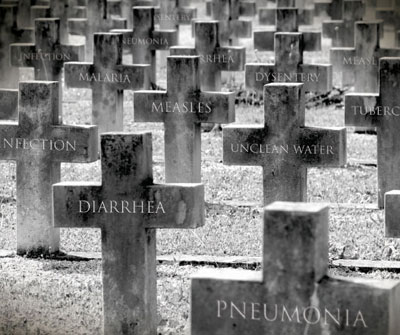
Because they live in poor countries that aren’t a priority to developed nations. But they’re still a priority to God.
And they can be yours, too – compassion.com/youcan
Opportunity Knocking: Knockout the Poverty Bullies
Will you respond when calamity knocks? When a poor child has no defenses? When she’s cornered by the bullies of poverty?


